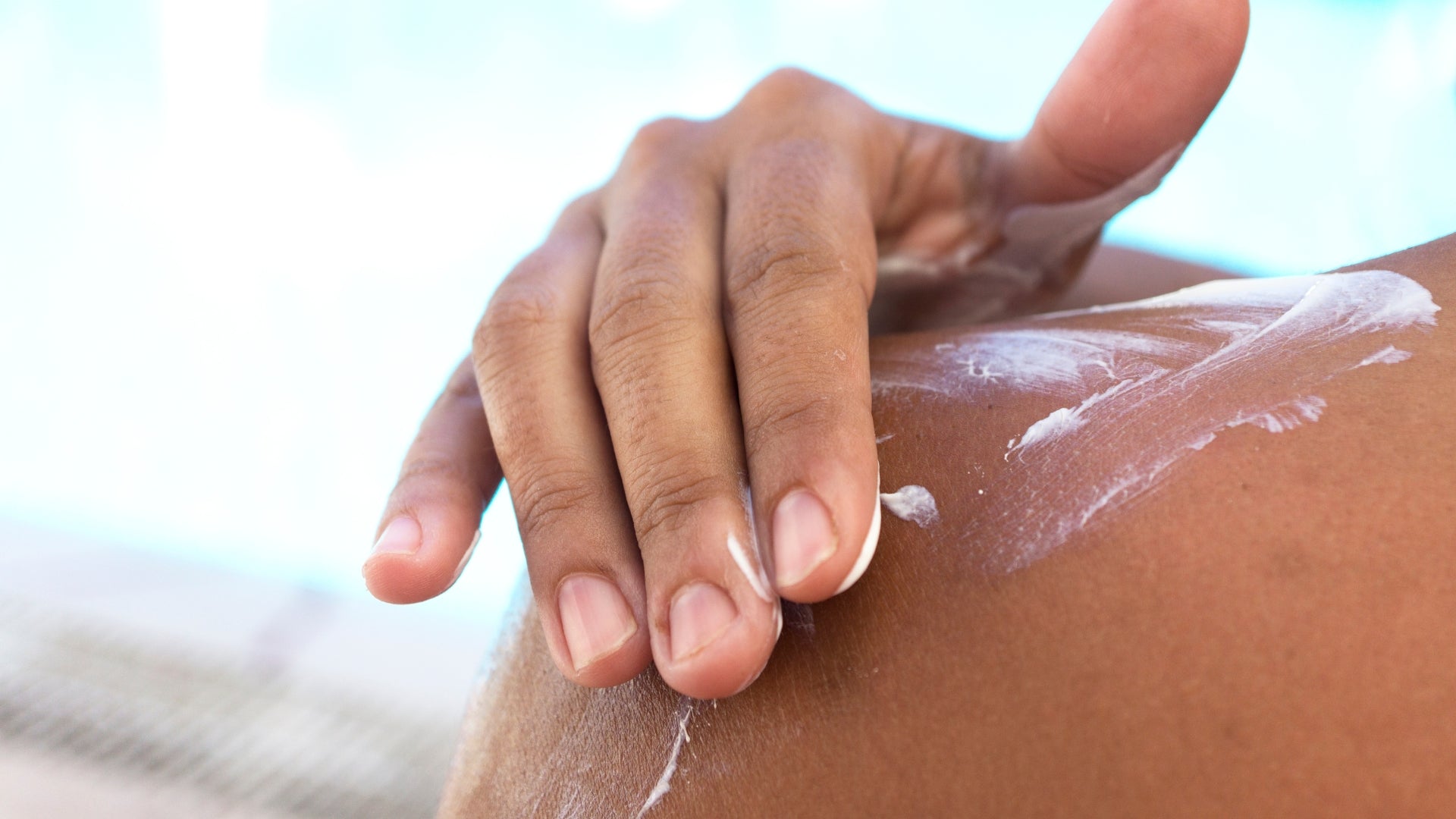How to Choose the Right Face Sunscreen for Your Skin | Dermatology-Backed Guide
When it comes to anti-aging and healthy skin, sunscreen is non-negotiable. But with so many options—tinted, non-tinted, gel, lotion, mineral, chemical—it’s easy to get stuck. That’s why I created a simple “How to Choose a Sunscreen” flowchart to guide you through the process. Below, I’ll break down the pros of tinted vs. non-tinted sunscreens and explain how to choose the right one for your skin type and lifestyle.

Tinted vs. Non-Tinted Sunscreens
Non-Tinted Sunscreen Pros
- Doubles as your daily moisturizer so you have SPF protection daily whether you wear makeup or not
- Works well if you prefer to wear your own makeup on top
- Choose one with a green tint to do double duty for underlying redness
Tinted Sunscreen Pros
- Protects against blue light from screens, which worsens brown discoloration and melasma
- Adds a gentle blurring effect—think instant complexion filter
- Can replace your makeup on low-maintenance days– although many have adequate coverage
- Flexible: mix with foundation or BB cream if you want more coverage
💡 Pro Tip: Ideally, you’ll have both in your skincare lineup—a non-tinted for days you want your own moisturizer + makeup, and a tinted for effortless, one-and-done protection.
Step-by-Step: How to Choose Your Face Sunscreen
Will your sunscreen double as makeup?
✔ Yes → Go with a tinted sunscreen. This way you’ll wear SPF every day, whether or not you put on foundation.
❌ No → Choose a non-tinted sunscreen that layers under your moisturizer or makeup.
Do you want a little “make-up like” coverage, even on no-makeup days?
✔ Yes → Tinted sunscreen is your best friend.
❌ No → Stick to non-tinted and add coverage only when you want to.
Skin condition or concern?
- Rosacea → EltaMD UV Recovery (green tint) – neutralizes redness + calms skin
- Melasma → Alastin Hydratint – antioxidant-rich, anti-aging, blue-light defense
- Lightweight → EltaMD UV Clear Tinted – lightweight, acne-safe, everyday coverage
- Preteens → EltaMD UV Clear Tinted – lightweight, acne-safe, everyday coverage
- Breakout-prone → EltaMD UV Clear Tinted – lightweight, acne-safe, everyday coverage
- Daily moisturizer with SPF → EltaMD UV Recovery Cream – hydrating, barrier-friendly, for all skin types, ages, and men and women
- Glow-seekers → MDSolarSciences Gleam & Glow – dewy, radiant finish
- Lightweight, men & women → EltaMD UV Lotion – simple, sheer, no-fuss protection
💡 Pro Tip: Ideally, you’ll have both in your skincare lineup—a non-tinted for days you want your own moisturizer + makeup, and a tinted for effortless, one-and-done protection.
Why the Sunscreens We Carry Are Different
If you’ve ever bought sunscreen at the drugstore only to hate the texture or break out after two days—you’re not alone. I’ve hand-selected each sunscreen we carry because they’re:
- Dermatology-backed (formulated and tested by experts)
- Cosmetically elegant (you’ll actually want to wear them)
- Skin-type specific (rosacea, melasma, acne, aging—there’s a fit for everyone)
- Follow American Academy of Dermatology (AAD) recommendations (at least SPF 30)
When sunscreen feels good, you use it daily. And that’s the difference between checking a box and actually protecting your skin from fine lines, brown spots, and premature aging. If you’re worried about sunscreen safety (I am too!), and I prioritize sticking to mineral formulations with zinc oxide and/or titanium dioxide. I break down the high yield facts about sunscreen safety in this blog:

Is Sunscreen Safe? Separating Fact from Fiction
My Favorite Drugstore SPFs
There are sunscreen options at the drugstore that check all of our main boxes as well, and I update them here regularly as I test new products.
SHOP MY SHELF →The Bottom Line
Sunscreen isn’t one-size-fits-all. The best choice depends on whether you want it to double as your makeup, your moisturizer, or both. Use my flowchart to guide you, then find your perfect match in our curated shop.
Flow Chart →More Resources:

